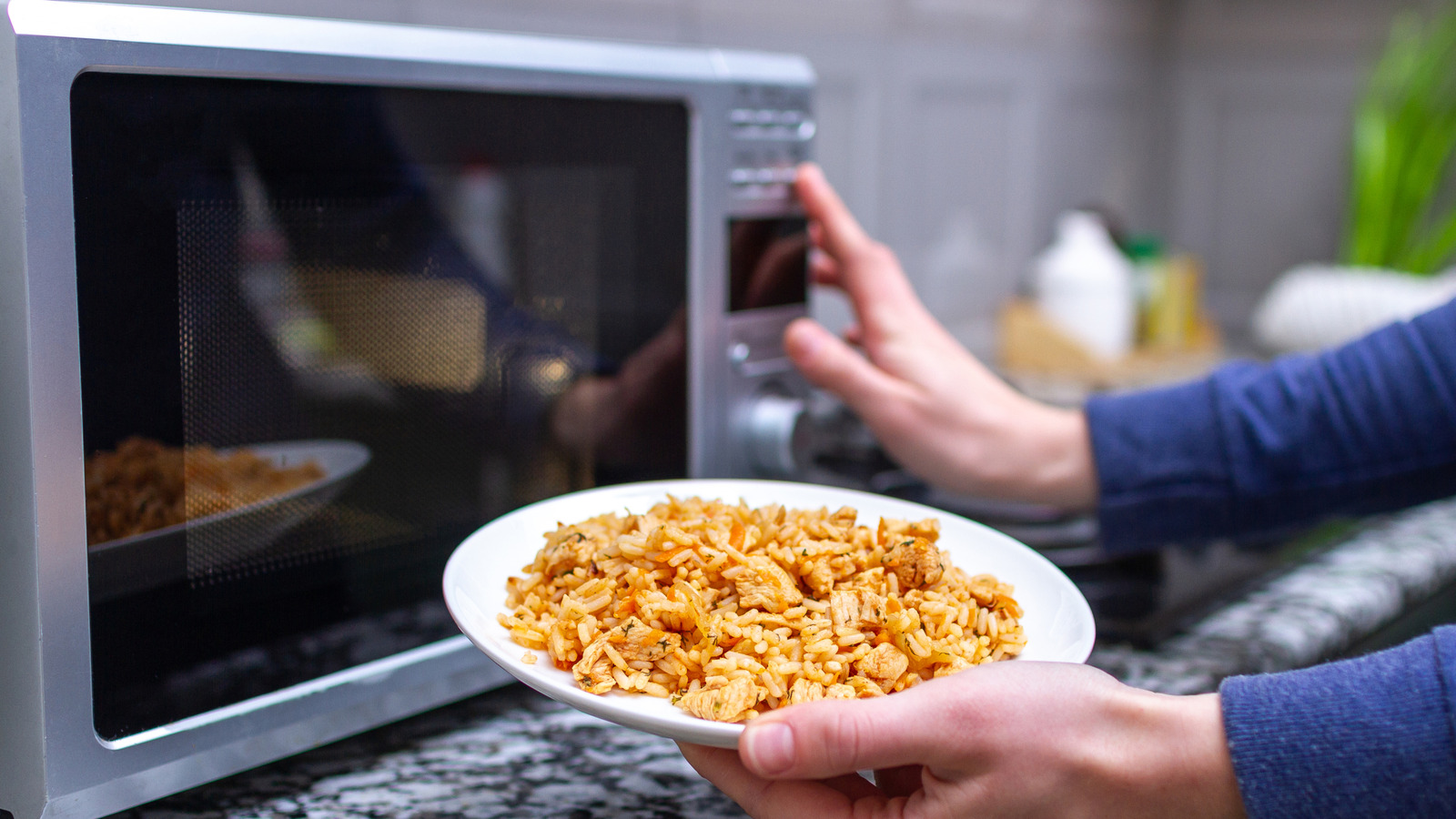
"The wattage indicates how much power a microwave exudes, and therefore, how quickly it cooks food. To account for the variability in microwave wattage strengths, which can vary from 600 to 1,700 watts depending on the appliance, microwave oven wattage is typically included on cooking instructions for packaged frozen and ready-to-heat foods. Still, the microwave wattage and associated cooking times listed can vary from brand to brand, as well as the type of food."
"This means your frozen pork chops could very well turn out rubbery and dry if you cook them as directed in a microwave that's higher in power than what's instructed. Alternatively, if you have an 800-watt microwave and your frozen mac and cheese calls for a 1,000-watt appliance, it could turn out cold in the center due to the wattage discrepancy."
Microwave wattage controls how much power the appliance produces and how quickly food cooks. Wattages commonly range from about 600 to 1,700 watts, so cooking times on packaged foods account for that variability. Cooking times and recommended wattages can differ between brands and food types, leading to overcooked or undercooked results when wattage is mismatched. High-power microwaves can dry or make foods rubbery, while lower-power microwaves can leave centers cold. Users should check the recommended wattage on packaging, verify their microwave's wattage on the appliance label or by testing water heating time, and adjust time and power settings accordingly.
Read at Tasting Table
Unable to calculate read time
Collection
[
|
...
]